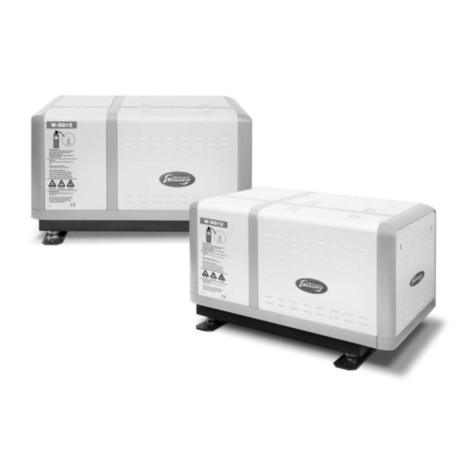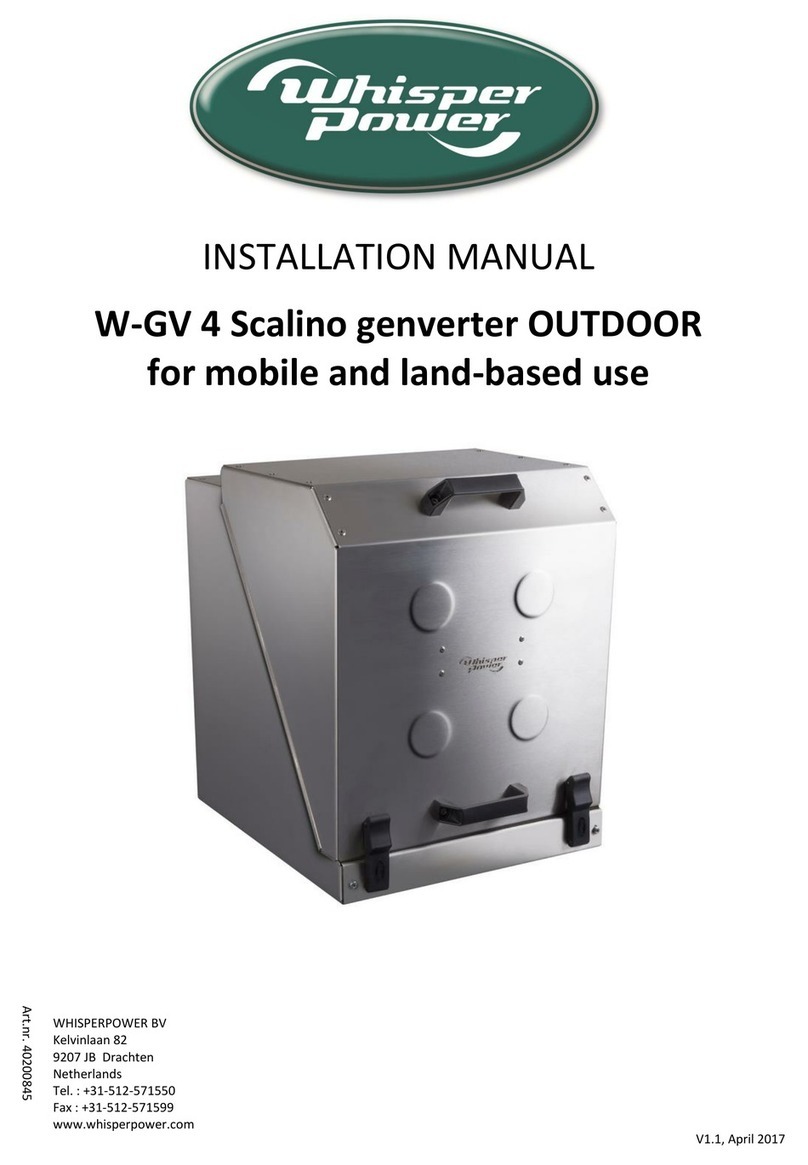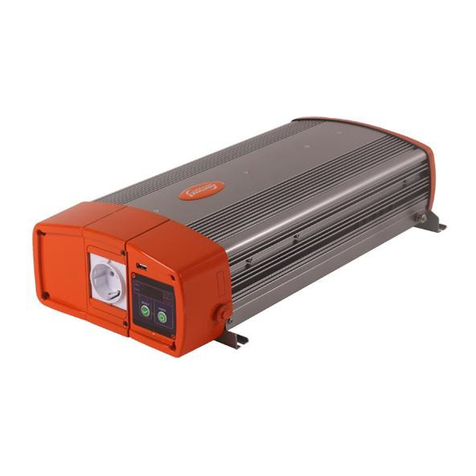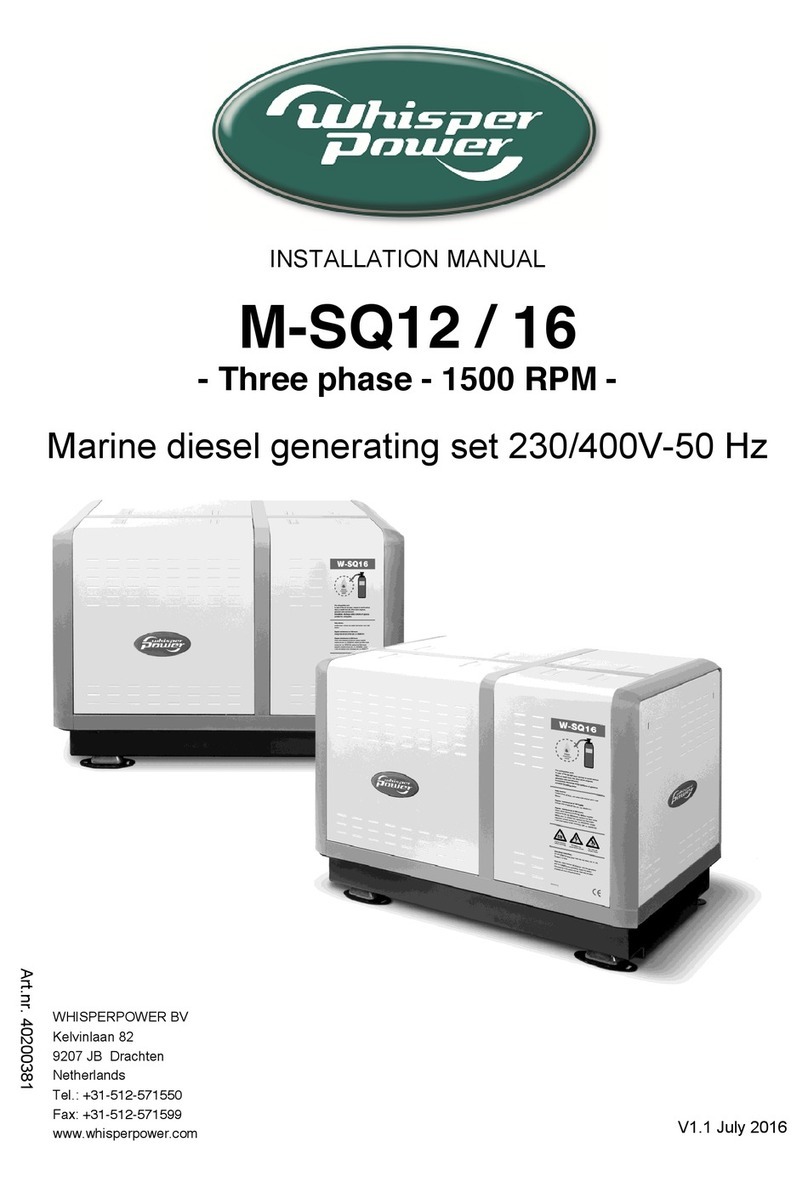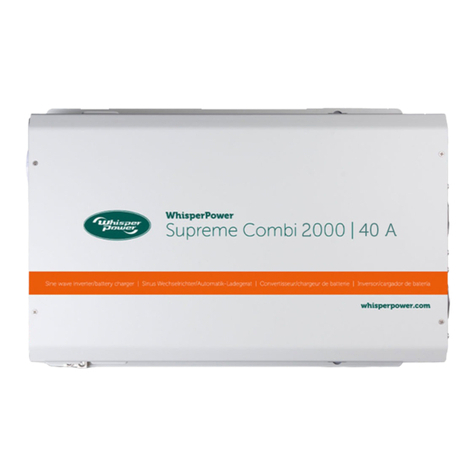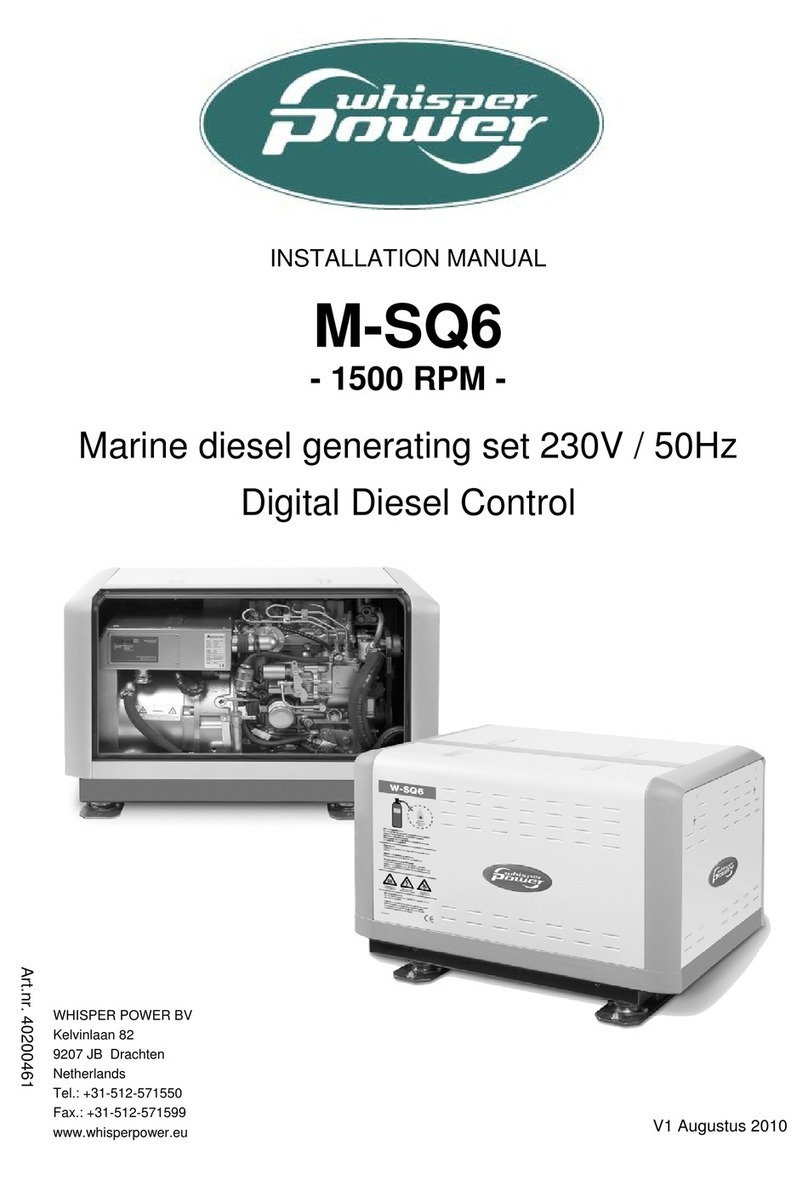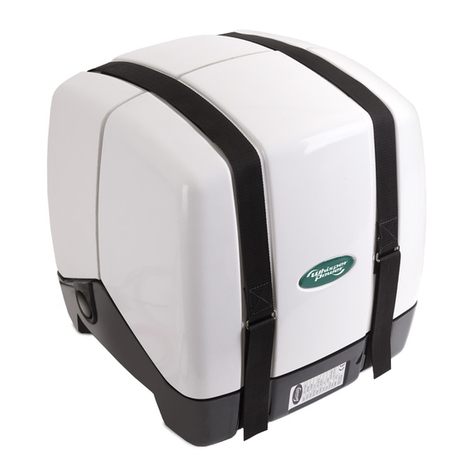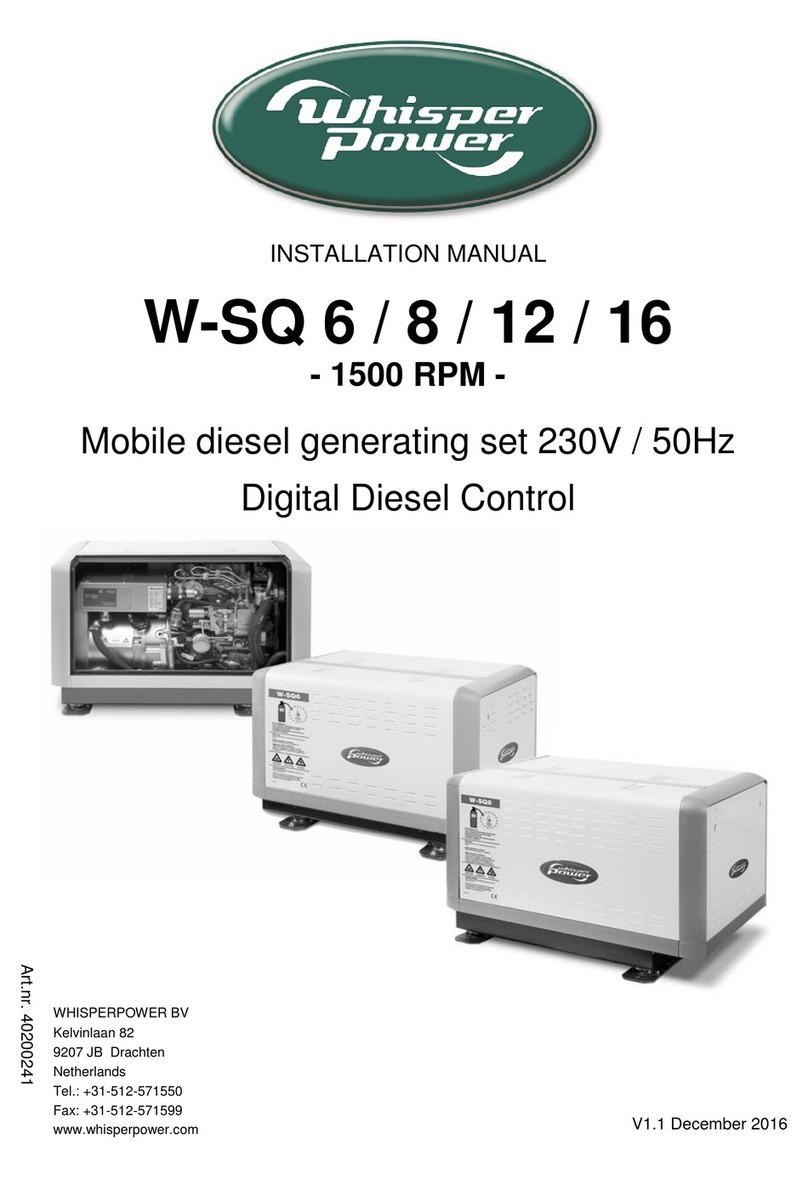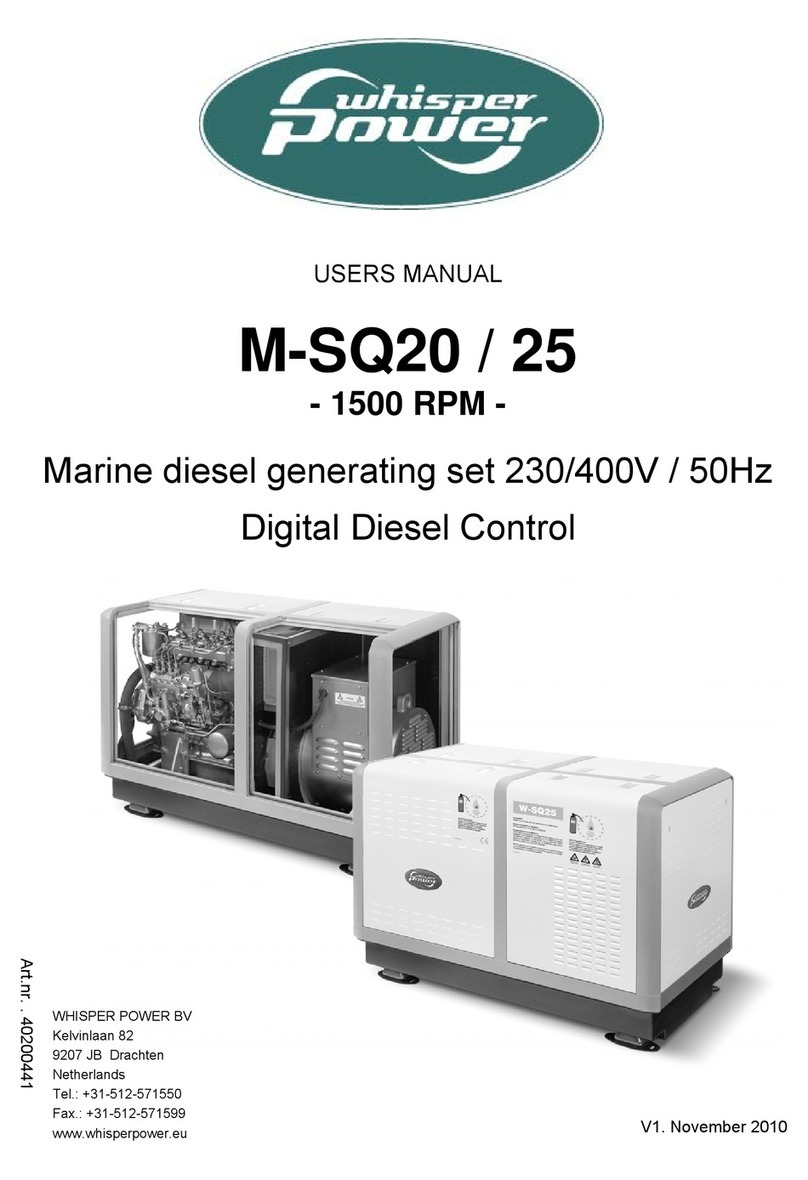
TABLE OF CONTENTS
2 February 2020/ WPC / EN
TABLE OF CONTENTS
1 INTRODUCTION ................................................................................................................................................ 4
2 GENERAL INFORMATION .................................................................................................................................. 4
2.1 Operating instructions .................................................................................................................................... 4
2.2 Conventions .................................................................................................................................................... 5
2.3 Quality and warranty ...................................................................................................................................... 5
2.3.1 Exclusion of warranty ................................................................................................................................. 5
2.3.2 Exclusion of liability .................................................................................................................................... 6
2.4 Warnings and notes ........................................................................................................................................ 6
2.4.1 General ....................................................................................................................................................... 6
2.4.2 Precautions for using the batteries ............................................................................................................ 7
3 ASSEMBLY AND INSTALLATION ........................................................................................................................ 7
3.1 Handling and moving ...................................................................................................................................... 7
3.2 Storage ............................................................................................................................................................ 7
3.3 Unpacking ....................................................................................................................................................... 7
3.4 Installation site ................................................................................................................................................ 8
3.5 Fastening ......................................................................................................................................................... 8
3.5.1 Fastening .................................................................................................................................................... 9
3.6 Connections .................................................................................................................................................. 10
3.6.1 General recommendations ....................................................................................................................... 10
3.6.2 Device connection compartment ............................................................................................................. 10
3.6.3 Dipswitch functions .................................................................................................................................. 12
4 CABLING ......................................................................................................................................................... 14
4.1 Choice of system ........................................................................................................................................... 14
4.1.1 Hybrid type stand-alone systems ............................................................................................................. 14
4.1.2 Grid-connected emergency systems ........................................................................................................ 14
4.1.3 Integrated mobile systems ....................................................................................................................... 14
4.1.4 Multi-unit systems .................................................................................................................................... 14
4.1.5 Distributed Minigrid: ................................................................................................................................ 14
4.2 Earthing system ............................................................................................................................................. 15
4.2.1 Mobile installation or installation connected to the grid via plug connector .......................................... 15
4.2.2 Stationary installation .............................................................................................................................. 15
4.2.3 Installation with automatic PE-neutral switching ..................................................................................... 16
4.2.4 Lightning protection ................................................................................................................................. 16
4.3 Recommendations for dimensioning the system .......................................................................................... 16
4.3.1 Dimensioning the battery ......................................................................................................................... 16
4.3.2 Dimensioning the inverter ........................................................................................................................ 17
4.3.3 Dimensioning the generator .................................................................................................................... 17
4.3.4 Dimensioning the renewable energy sources .......................................................................................... 17
4.4 Wiring diagrams ............................................................................................................................................ 17
4.5 Connecting the battery ................................................................................................................................. 17
4.5.1 Battery cable cross-section and DC protective devices ............................................................................ 19
4.5.2 Connecting the battery (WPC side) .......................................................................................................... 19
4.5.3 Fuse mounting on battery positive pole ................................................................................................... 19
4.5.4 Battery-side connection ........................................................................................................................... 20
4.5.5 Earthing the battery ................................................................................................................................. 20
4.5.6 Connecting the consumers at the 230V AC outputs ................................................................................ 20
4.5.7 Connecting the AC supply sources ........................................................................................................... 21
4.5.8 Connecting the communications cables ................................................................................................... 21
4.5.9 Connecting the auto-start cable ............................................................................................................... 22
4.5.10 Connecting the temperature sensor (BTS-01) ..................................................................................... 22
5 POWERING UP THE INSTALLATION ................................................................................................................. 23
6 DESCRIPTION AND FUNCTIONING .................................................................................................................. 24
6.1 Circuit diagram .............................................................................................................................................. 24
6.2 Description of the main functions ................................................................................................................. 24
6.2.1 Inverter ..................................................................................................................................................... 24
6.2.2 Automatic load detection ......................................................................................................................... 24
